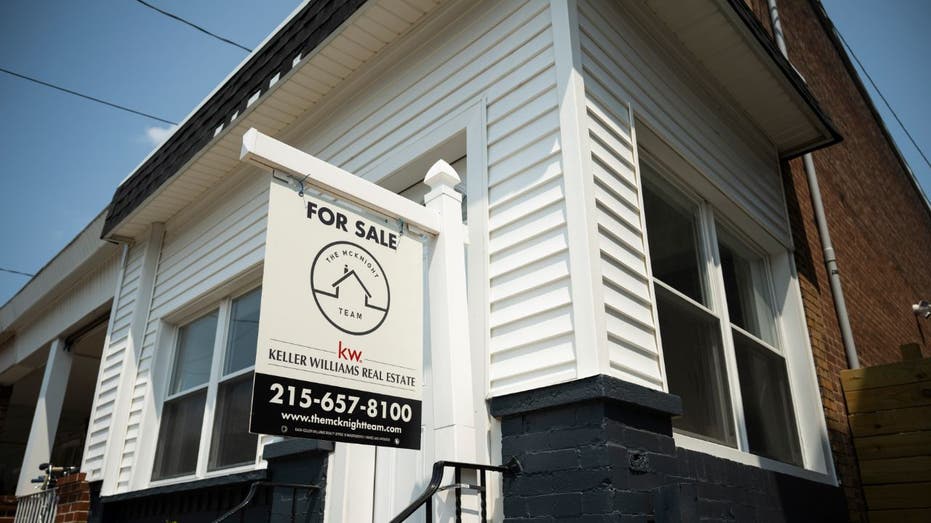Pulte Capital CEO Invoice Pulte weighs in on rising mortgage charges and says that till provide will increase, excessive housing costs will likely be seen.
Individuals have to earn almost $108,000 a 12 months to afford a single-family house in most cities now, in line with a brand new economics report.
Oxford Economics revealed this week {that a} family in 2024 wants a median annual earnings of $107,700 to afford a brand new single-family house, together with property taxes and residential insurance coverage. This quantity was almost twice the fee it was 5 years in the past in 2019, at solely $56,800.
The report added that solely 36% of households earned sufficient to purchase a house final quarter, a pointy lower from the 59% of households that would afford one in 2019.
HIGH HOUSING COSTS HITTING RECORD HIGHS, HARVARD UNIVERSITY REPORT SAYS
“Housing affordability has dropped considerably during the last 5 years in each main metro as home costs soared and mortgage charges almost doubled,” the report summarized.
Oxford Economics discovered the most costly cities had been largely in California. (Steve Pfost/Newsday RM through Getty Pictures / Getty Pictures)
The least inexpensive cities included San Jose, San Francisco, Los Angeles, San Diego and Honolulu, the place lower than 15% of households might cowl their respective housing prices. Of the 50 largest cities, essentially the most inexpensive ones had been within the Midwest and South, like Cleveland, Louisville, Detroit, St. Louis, Oklahoma Metropolis and Memphis.
Housing prices in these cities ranged from $64,600 to $75,300, with roughly half of households in these areas incomes sufficient to afford a house.
Essentially the most inexpensive cities from the research had been Decatur, Illinois; Cumberland, Maryland; Youngstown, Ohio; Charleston, West Virginia; and Elmira, New York. Practically two-thirds of households might afford a single-family house in these cities.
GET FOX BUSINESS ON THE GO BY CLICKING HERE

A “For Sale” signal on a home in Philadelphia, Pennsylvania, US, on Friday, Aug. 16, 2024. (Joe Lamberti/Bloomberg through Getty Pictures / Getty Pictures)
Housing prices repeatedly broke data in 2024. In June, findings from Redfin confirmed the median U.S. house sale worth rose to $394,000, a 4.4% enhance from the identical time final 12 months.
In one other report from the Nationwide Affiliation of Realtors’ (NAR) annual survey of patrons and sellers discovered the share of first-time homebuyers dropped from 32% in 2023 to 24% in 2024, the bottom share since NAR started amassing knowledge in 1981.





